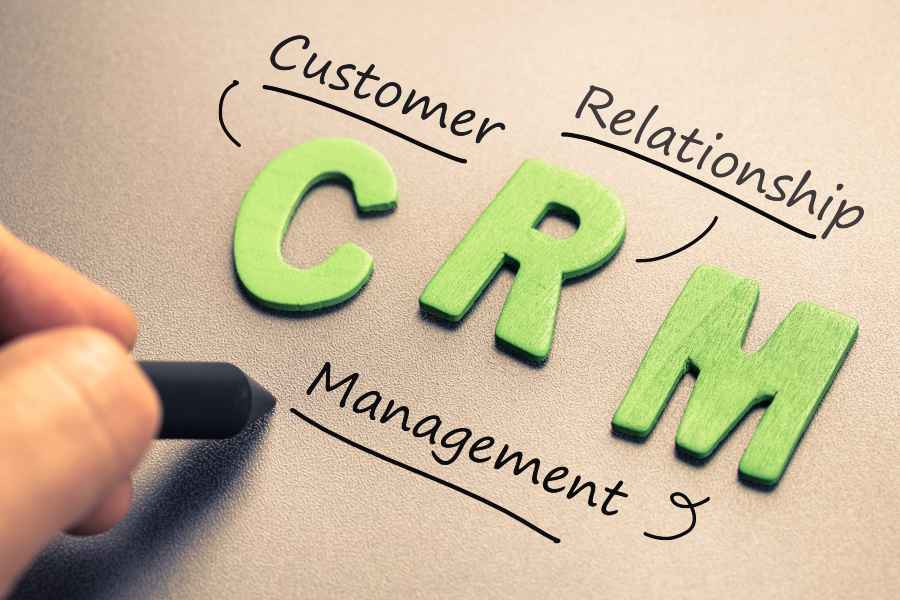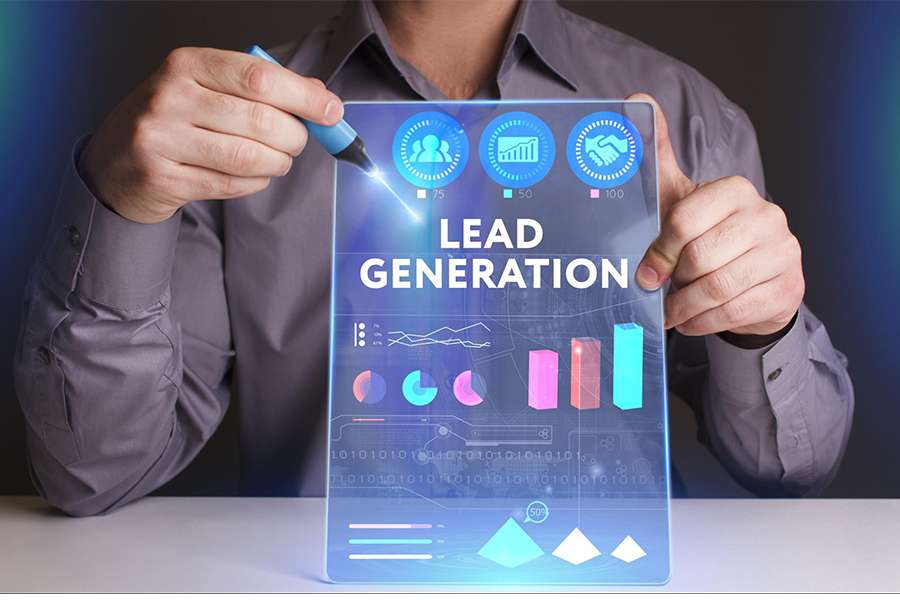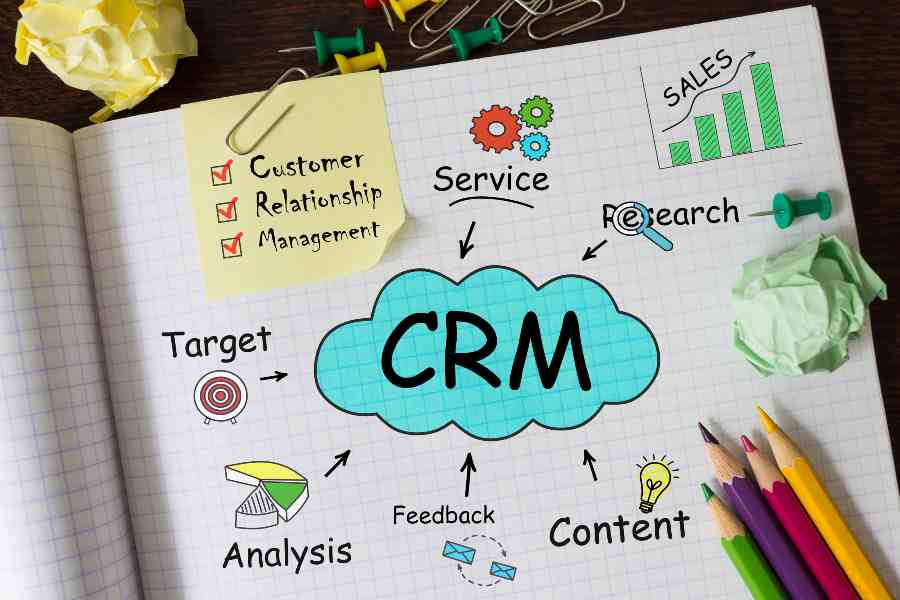
Sales

FREE RESOURCES
LATEST ARTICLES




FREE RESOURCES
April 20, 2023
Free Sales Scripts
WRITTEN BY: Bianca Caballero
May 28, 2024
Free Template
WRITTEN BY: J.R. Johnivan
May 12, 2023
Free Evaluation Form
WRITTEN BY: Bianca Caballero
May 5, 2023
Free Templates
WRITTEN BY: Jess Pingrey
LATEST ARTICLES